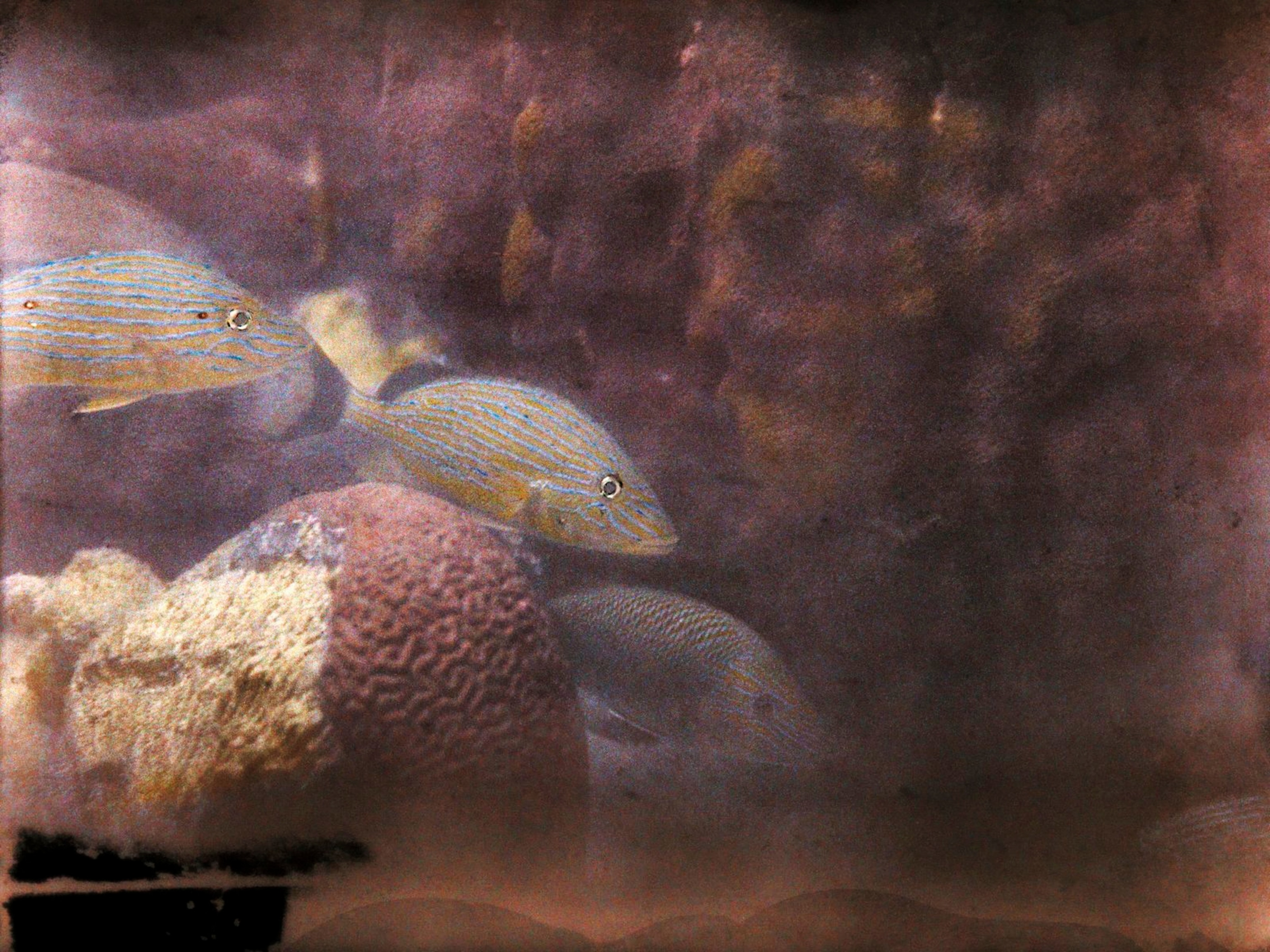Romance of the Seas: Strange Mating Habits of the Seahorse
From daily dances to male pregnancy, these fish are unique in life and love.
A romance tip from fish?
Well, not just any fish. Thanks to Samm Newman Hernandez, who asked about seahorses—their life spans, sizes, and how they mate—Weird Animal Question of the Week learned a lot about these fantastic fish. That includes a morning routine many human relationships might benefit from.
Dance in the Morning
“The male and female seahorse come together repeatedly every morning to dance together” to reinforce their pair bond, says Amanda Vincent, a marine biologist at the University of British Columbia and founder of the conservation group Project Seahorse.
They change color as they move together, sometimes with tails entwined.
That tail, says George Burgess of the Florida Museum of Natural History, is prehensile, anchoring them to things like blades of sea grass with a grip Burgess compares to a baby grasping an adult’s finger.
What to Expect When He’s Expecting
The dance also helps the pair assess each other’s reproductive status.
Seahorses are in the same family as pipefish, and both have a “male-bears-the-young reproductive strategy,” Burgess says. (Watch "The Freaky Fish: Pregnant Males.")
Vincent describes the female's ovipositor, “a penis-equivalent protrusion from the bottom of her torso,” as an “ingenious packing device.” Through it, she transfers her pear-shaped eggs into the male’s brood pouch. That structure has walls that provide maximum surface area, so every embryo can embed in its soft tissue.
Vincent saw one male slender seahorse produce 1,572 offspring, “and his pouch was only about a half tablespoon in volume.”
Shortly after the male gives birth to tiny, fully independent offspring, the female has “already got her eggs ready to go,” and they mate again right away.
Male pregnancy means “the male is certain he's the father,” Vincent says. That may be why males are so involved. (Related: "Father’s Day Pictures: All-Star Animal Dads")
Staying in the Race
There are 40 known seahorse species, which vary in size and appearance. The tiniest is Denise’s pygmy seahorse, which is about the size of a nickel (0.8 inch, or 2 centimeters, long). Its bumpy, orange body is the perfect camouflage against the gorgonian corals of the western Pacific and attests to the seahorse’s reputation as a master of disguise.
Among the larger species is the big-bellied seahorse, which lives around Australia and New Zealand and comes in at about 13 inches (33 centimeters) long.
In the wild, seahorses have a life span that can range from one to five years. But unfortunately, these magical creatures are in decline.
The sea grass beds many seahorses inhabit are “at the doorstep of civilization,” Burgess says, meaning they are often impacted by pollution and sedimentation.
In Florida, where lined seahorses live around the peninsula, Burgess says, “I've seen some of the most beautiful beds disappearing, along with the fauna that lives in them.”
Overuse of seahorses for traditional medicines, collection for the aquarium trade and curiosities, and accidental entrapment in shrimp trawls have all led to notable population declines among the species, Vincent adds.
If you’re lucky enough to see a wild seahorse, reporting sightings to iSeahorse.org helps scientists keep track of these magical fish.
After all, who doesn't like animals that dance every morning?
Weird Animal Question of the Week answers your questions every Saturday. If you have a question about the weird and wild animal world, tweet me, leave me a note or photo in the comments below, or find me on Facebook.





